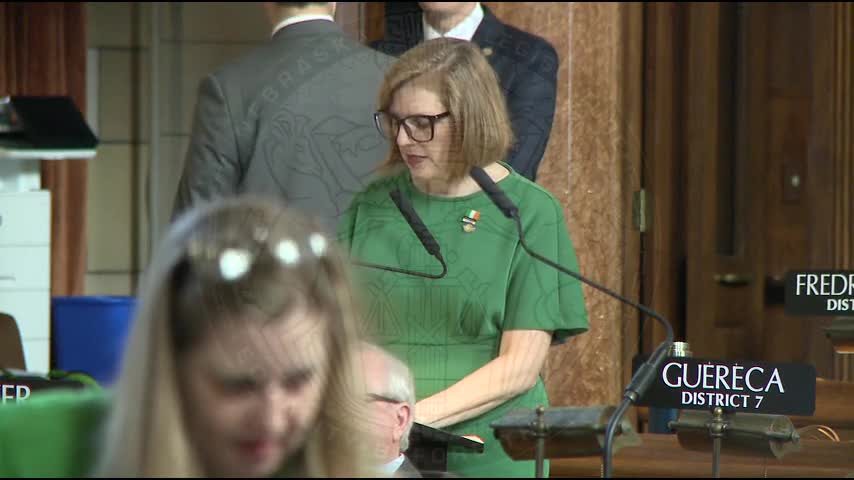Nebraska analyzes property tax disparities in counties during 2024 special session
March 13, 2025 | 2025 Legislature NE, Nebraska
This article was created by AI summarizing key points discussed. AI makes mistakes, so for full details and context, please refer to the video of the full meeting. Please report any errors so we can fix them. Report an error »

In a recent legislative session, Nebraska lawmakers discussed significant findings regarding property taxes and their impact on residents across the state. The meeting highlighted the disparities in property tax revenue collection between populous and less populous counties, revealing that smaller counties tend to generate higher revenue per capita. This trend is particularly evident in Blaine County, which, with a population of just 435, has the highest per resident collection of property taxes and state aid.
The session also examined the relationship between school district sizes and per pupil spending. Smaller school districts generally reported higher spending per student, while larger districts tended to have lower rates. This pattern aligns with trends observed in other states, although the correlation was not as pronounced among the largest school districts, which often faced challenges related to concentrated poverty.
A key point of discussion was the increase in property taxes over the past two decades. Total property taxes collected, after accounting for income tax credits, rose by 35% from 2003 to 2023. However, when adjusted for inflation, the growth in property taxes per capita was 21.7%, which is slightly less than the 29% increase in Nebraska's median income during the same period. This suggests that while property taxes have increased, they have not outpaced income growth on a per capita basis.
Lawmakers noted that the state's efforts to reduce property taxes have had a measurable impact. The introduction of tax credits and the state’s assumption of funding responsibilities for community colleges have contributed to lower property tax burdens. By alleviating the financial pressure on local governments, which often rely heavily on property taxes for funding, the state has managed to stabilize tax rates.
The discussions underscored the importance of understanding regional variations in property tax impacts, indicating that the challenges faced by residents may differ significantly across Nebraska. As the legislature continues to address property tax issues, the findings from this session will likely inform future policies aimed at balancing revenue needs with the financial well-being of residents.
The session also examined the relationship between school district sizes and per pupil spending. Smaller school districts generally reported higher spending per student, while larger districts tended to have lower rates. This pattern aligns with trends observed in other states, although the correlation was not as pronounced among the largest school districts, which often faced challenges related to concentrated poverty.
A key point of discussion was the increase in property taxes over the past two decades. Total property taxes collected, after accounting for income tax credits, rose by 35% from 2003 to 2023. However, when adjusted for inflation, the growth in property taxes per capita was 21.7%, which is slightly less than the 29% increase in Nebraska's median income during the same period. This suggests that while property taxes have increased, they have not outpaced income growth on a per capita basis.
Lawmakers noted that the state's efforts to reduce property taxes have had a measurable impact. The introduction of tax credits and the state’s assumption of funding responsibilities for community colleges have contributed to lower property tax burdens. By alleviating the financial pressure on local governments, which often rely heavily on property taxes for funding, the state has managed to stabilize tax rates.
The discussions underscored the importance of understanding regional variations in property tax impacts, indicating that the challenges faced by residents may differ significantly across Nebraska. As the legislature continues to address property tax issues, the findings from this session will likely inform future policies aimed at balancing revenue needs with the financial well-being of residents.
View full meeting
This article is based on a recent meeting—watch the full video and explore the complete transcript for deeper insights into the discussion.
View full meeting
